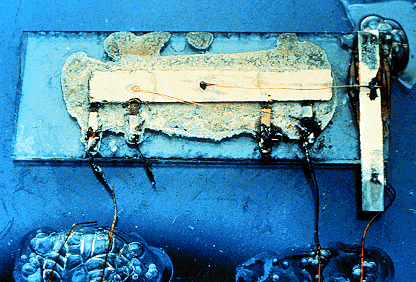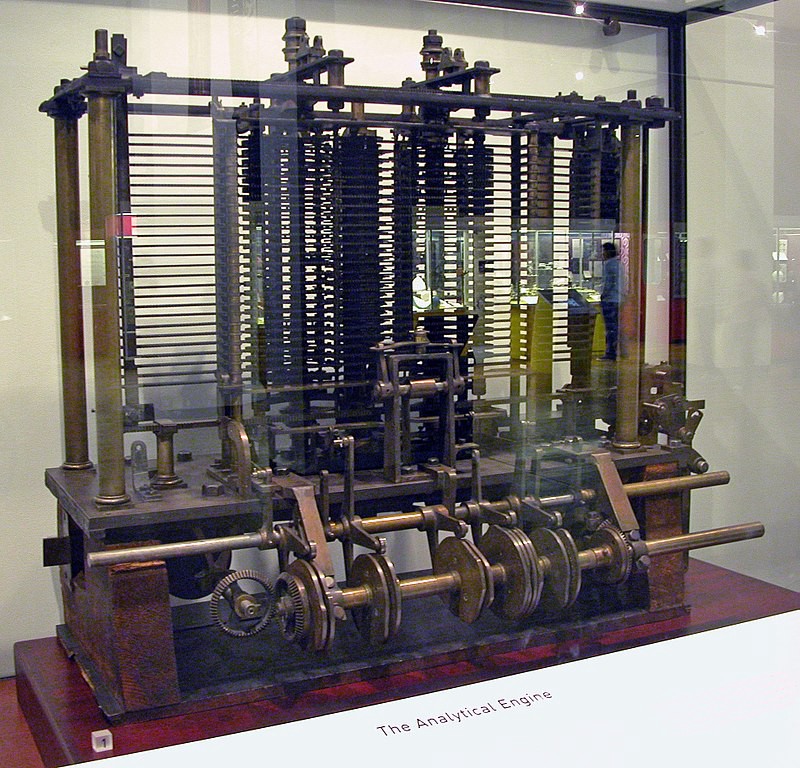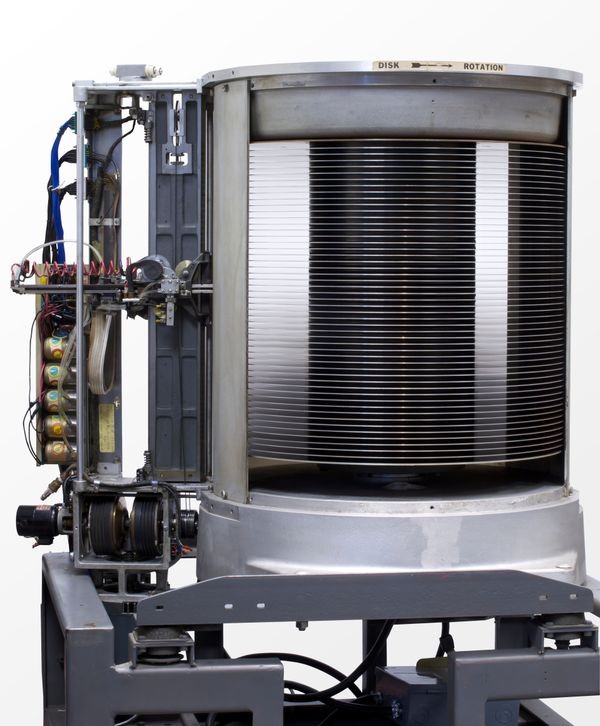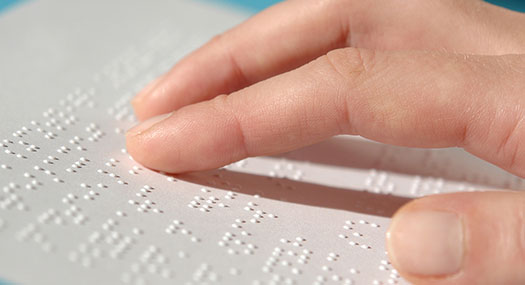
The integrated circuit, or microchip, is an essential component of modern electronics, powering everything from computers and smartphones to cars and medical devices. But like all technological breakthroughs, the integrated circuit had to start somewhere. The first integrated circuit was developed in the late 1950s, and it revolutionized the field of electronics.
Before the integrated circuit, electronic devices relied on discrete components, such as transistors, resistors, and capacitors, which had to be connected by hand to form a circuit. This process was time-consuming, expensive, and prone to errors. Moreover, the resulting circuits were bulky and unreliable, limiting the functionality and performance of electronic devices.
The idea of integrating multiple components on a single substrate, or chip, had been proposed by several researchers, including Jack Kilby of Texas Instruments and Robert Noyce of Fairchild Semiconductor. However, it was Kilby who made the first successful integrated circuit.
In 1958, Kilby was working on miniaturizing electronic circuits using germanium, a semiconductor material that was widely used at the time. He realized that he could create a complete circuit by depositing several layers of metal and semiconductor material on a small piece of germanium, which he called a monolithic circuit. The resulting device had all the necessary components, such as transistors, resistors, and capacitors, integrated into a single chip.
On September 12, 1958, Kilby demonstrated his invention to his colleagues at Texas Instruments, and the world’s first integrated circuit was born. The chip was small, about the size of a fingernail, and contained only a few transistors and other components. Nevertheless, it represented a significant leap forward in the field of electronics.
The integrated circuit had several advantages over discrete circuits. It was smaller, faster, and more reliable since there were fewer connections to break or malfunction. It also allowed for greater circuit density and complexity, as more components could be packed onto a single chip. This paved the way for the development of more advanced electronic devices, such as calculators, computers, and mobile phones.
Kilby’s invention was not immediately embraced by the electronics industry, however. At the time, the cost of producing integrated circuits was high, and the technology was seen as too experimental and risky. It was only when Robert Noyce developed a similar technology, using silicon instead of germanium, that the integrated circuit began to gain wider acceptance.
Noyce’s version of the integrated circuit called the planar process, used a thin layer of silicon dioxide to isolate the various components on the chip. This made the process of manufacturing integrated circuits cheaper, faster, and more reliable, and it quickly became the dominant method for producing microchips.
Today, the integrated circuit is a ubiquitous and indispensable component of modern electronics. It has enabled the development of smaller, faster, and more powerful devices and has transformed the way we live, work, and communicate. And it all started with Jack Kilby’s simple but revolutionary invention, the first integrated circuit.









